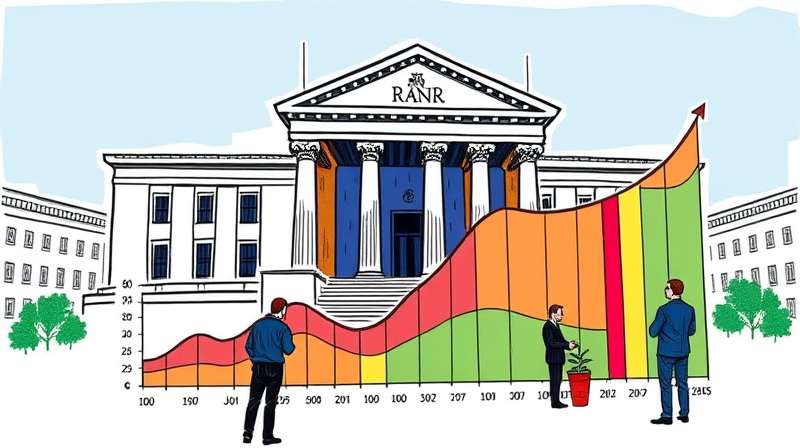
As 2025 progresses, bond markets are witnessing a remarkable turnaround, driven by a blend of stable inflation expectations, resilient economic indicators, and strategic monetary policy shifts. Investors are finding new reasons to allocate capital to fixed income, spurred by compelling yields and tighter credit conditions.
After the volatility spike measured by the MOVE Index in April 2025, bond markets have stabilized. The initial shock gave way to renewed flows and tighter spreads, signaling a constructive outlook.
Surveys and fund flow data point to:
Long-term U.S. Treasury yields have climbed, with the 30-year surpassing 5%—a threshold last seen in 2007. This reflects market demands for compensation amid rising fiscal deficits and elevated debt levels.
Yields broadly hover in a 4–5% range, creating a more attractive environment compared to 2024. The U.S. high-yield bond index yields near 7%, underscoring robust investor demand and confidence in corporate credit quality.
The Federal Reserve’s forward guidance remains flexible and data-sensitive. Market consensus anticipates one or two rate cuts starting in September, potentially bringing the federal funds rate below 3% by year-end. This outlook is conditional on continued economic cooling and easing inflationary pressures.
Corporate bond markets delivered record issuance in 2024, and momentum has carried into 2025:
Municipal bonds also saw elevated yields, prompting increased flows into tax-advantaged debt instruments. Investors, enticed by multi-year low credit spreads, have provided ample support for both sovereign and corporate borrowers.
Despite the overall positive trends, pockets of volatility persist. Drivers include policy uncertainty, global debt concerns, and the potential for inflation surprises. Investors are advised to maintain active management and strategic diversification to weather unexpected shocks.
Key risks on the horizon include:
Fixed income’s resurgence offers several strategic opportunities. As cash returns diminish relative to bond yields, investors are reassessing their portfolios:
Active managers are positioned to exploit sector and maturity dispersion, identifying undervalued sectors such as financials and certain industrial credits, where technical support is strongest.
Looking ahead, the bond market narrative is one of cautious optimism. Inflation is decelerating, and growth is moderating toward a soft landing scenario. Should economic data adhere to expectations, bond total returns could outpace cash for the first time since 2023, potentially delivering 8%+ for high-yield securities.
Investors should remain vigilant of headline risks, but the current environment—characterized by stabilizing monetary policy and attractive valuations—favors fixed income. The steepening yield curve, record issuance, and strong demand collectively point toward a bond market that is not just recovering, but poised to thrive.
In summary, renewed confidence in bond markets reflects a confluence of supportive factors: compelling yields, managed inflation, and strategic Fed policy. While uncertainties remain, the pathway for bonds in 2025 looks promising, offering a robust avenue for income, diversification, and total return.
References













